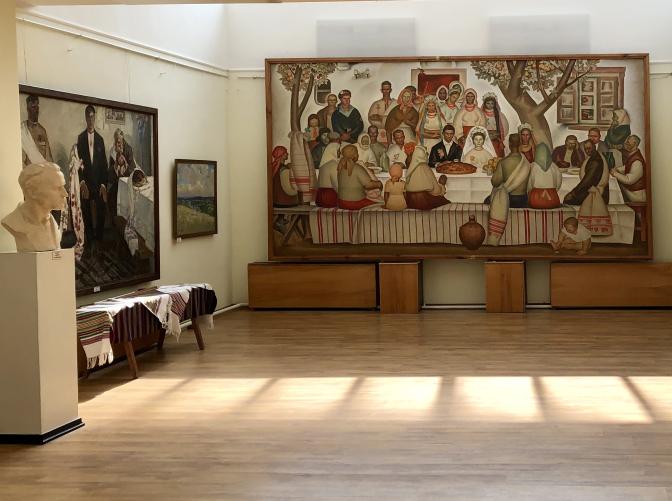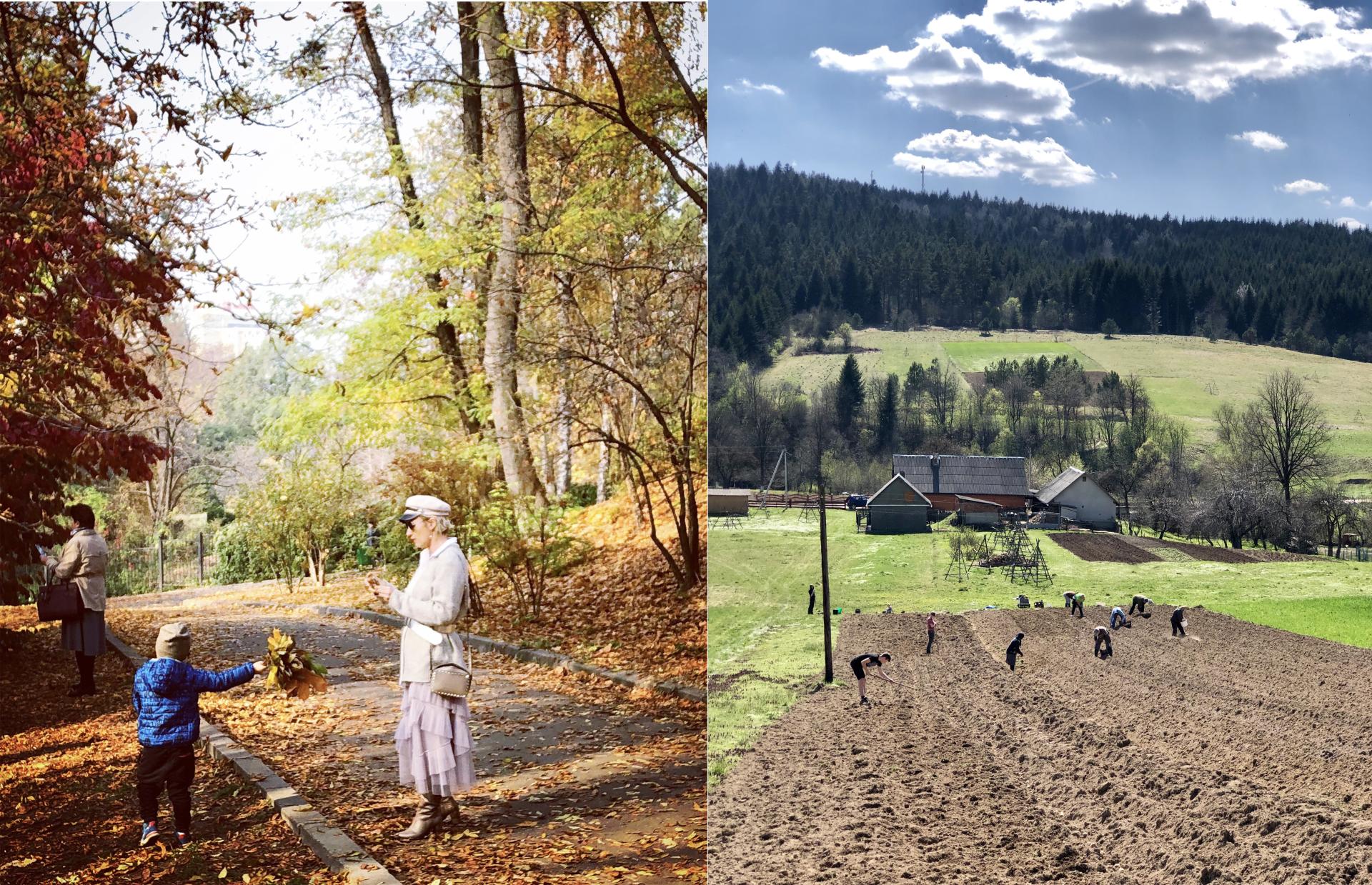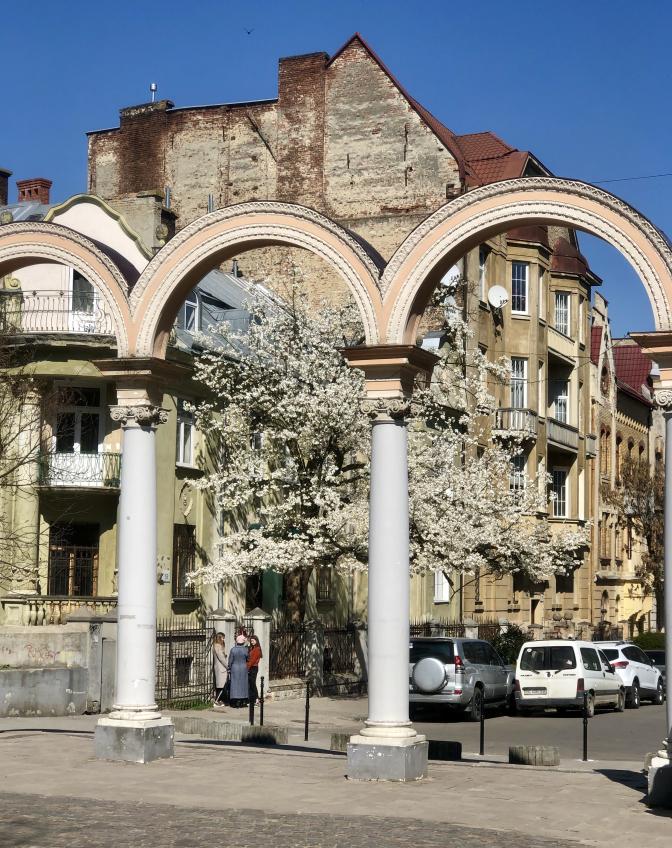I first started traveling to Ukraine in the early 2000s. At first, it was mainly because of my heritage: my mother is Ukrainian and I have a large extended family there. But I kept returning as I realized Ukraine was a fascinating country in its own right. It was a place where big questions were being worked through: How do you build a country amid the ashes of an empire, one that some despised and others mourned? Should you stay in your homeland even when it means struggling for basics, like a salary to support your children? How much are you willing to fight for representation, for freedom, for democracy? Ukrainians have been devoting themselves to answering these questions throughout the past three decades of independence, and in an especially heightened form since Russia’s full-scale invasion in February 2022.

Since that event, the country has not left the headlines, with the Western press depicting Ukraine as a place of suffering and resilience, destruction and stoicism. As important as these features are, they miss much of the essence of the country. Ukrainians are often cosmopolitan, ingenuous, and playful. The landscape of the country is diverse, containing mountains and seaside and steppe. Slag heaps, storied cathedrals, prefab housing projects, tin-roofed rural huts, and Secession architecture mingle in its cities, towns, and countryside. The pages that follow contain images taken from my travels in recent years. They aim to capture something of Ukraine’s singularity

Right: Light floods into a gallery of the Bukhanchuk Museum of Fine Arts in Kmytiv, a village about thirteen miles from Zhytomyr. The museum houses one of the nation’s largest collections of Soviet art.
Below, left: Every autumn, people gather bouquets of fallen leaves to enjoy the vivid colors of the season at home. In 2022, a Russian missile landed close to this park in central Kyiv, leaving a large crater that was quickly patched up.
Below, right: Even though few Ukrainians live off their farms alone, agriculture continues to play a large role in rural life. Potato-planting season is a jovial affair, with friends and relatives pitching in to help seed each other’s fields every spring.


Right: Trees bloom near an entrance to Stryiskyi Park in Lviv. This bountiful scene brought to mind the lines of a poem by Adam Zagajewski, who was born in the city in 1945 and knew it as Polish Lvov: “There was too much of Lvov, it brimmed the container / it burst glasses, overflowed / each pond, lake, smoked through every / chimney, turned into fire, storm, / laughed with lightning, grew meek, / returned home, read the New Testament, / slept on a sofa beside the Carpathian rug.”
Below: Sisters Polina and Nastia pose at a relative’s home in western Ukraine. Born and raised close to Bakhmut, the girls fled their native village with their family after Russia launched its full-scale invasion. Their home was destroyed in subsequent fighting.


